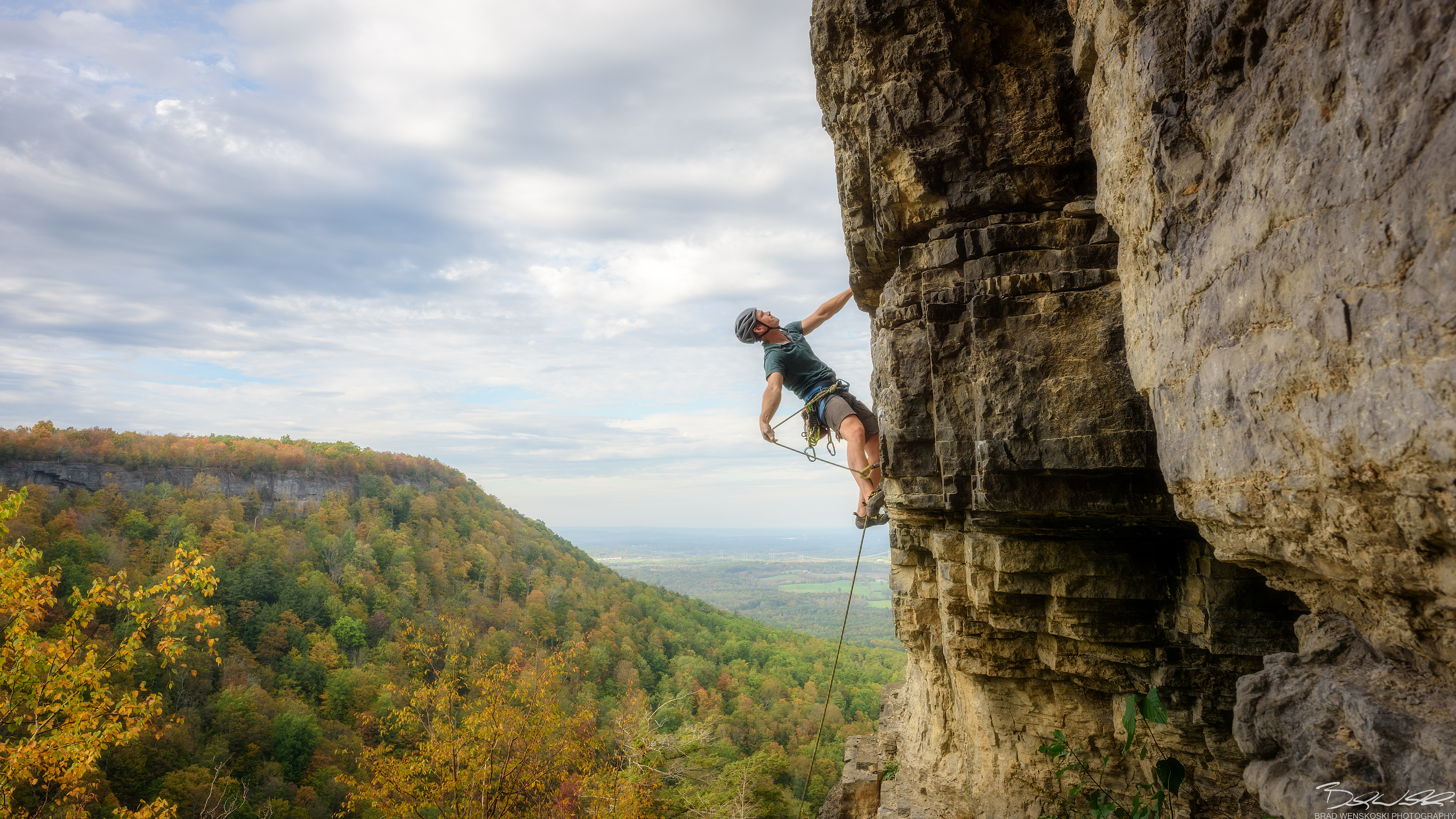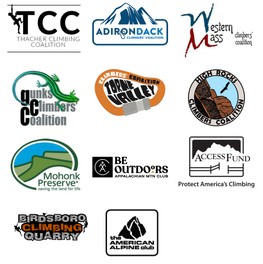Attention: Climbing at Thacher is still closed until further notice.
Dear Fellow Climber:
Local Climbing Organizations, Access Fund, partner organizations and land managers throughout the Northeast have been in discussions regarding what it means for us as society begins to reopen. Between being cooped up inside, gyms being closed, and nicer weather upon us, we sympathize with your desire to get out and climb. However, we are also concerned about how our behavior may impact the current situation as we head back out to the crag. When that time comes or if you do plan on climbing, please keep these notes in mind.
WHY WE ARE CONCERNED:
- Distance: With high levels of COVID-19 cases in Eastern Pennsylvania, Massachusetts, New Jersey and New York, traveling outside
your local area may adversely affect mitigation efforts in our region, and contribute to the spread of the virus. - Density: We have a lot of climbers and only so many climbing areas. Too many people at a crag will make it difficult to
practice social distancing; not only for fellow climbers but also for park employees, rangers, and trailhead volunteers. It may
also overwhelm infrastructures such as parking areas, public resources, and trails and belay areas.
WHAT ARE WE ASKING:
- Know and follow government regulations and health guidelines for your area.
- Do not climb at areas that are not currently open, or on private or restricted property – this could impact longer-term access. Check with your Local Climbing Organization, or refer to the list of closures maintained by the Access Fund at https://bit.ly/CragClosures.
- If you do go climbing, Stay Local – the closer you stay to your home the less chance for you and others to be affected by the virus. Less than a 30-minute distance is ideal.
- Respect rural communities that are still urging climbers not to visit.
- Don’t go to the crag if you’re having any COVID-19 symptoms or think you may have been exposed.
- You could be an asymptomatic carrier, so try to climb with those in your household or those you have been in routine close contact with.
- Try to limit your group size to only you and your partner.
- Don’t add to the burden on our first responders – select objectives that are well within your limit and climb cautiously. If an accident were to occur, it could put more people, besides the climbers, at risk of infection.
- Avoid busy climbing areas and crowded trailheads. If you encounter a busy trailhead or crag, go to a second option, and maybe even a third or go home.
- Don’t put the rope or gear in your mouth.
- Don’t climb directly next to someone. Apply the six to ten-foot social distance guideline to your route selection.
- Use hand sanitizer before and after climbing a route, belaying, and snacking.
- Bring your mask and wear it when passing other parties on the trail or at the base. Consider belaying in your mask as well.
- Be self-sufficient with food and water, and try to limit your use of public resources.
- Be prepared to dig a cat hole or use a wag bag if public restrooms are unavailable.
- Avoid sprawling your belongings at the base of a route. Minimize the need for other people to touch your gear.
Our personal decisions on if, when, and how we climb will impact our communities on a level we could never have imagined before. We are asking for your help to keep our crags and communities safe in an effort to keep them open. Do what you can now so we can all climb in the future.
IN COOPERATION WITH:
Links:
Thacher Climbing Coalition Adirondack Climbers’ Coalition Mohonk Preserve
Western Mass Climbers’ Coalition Gunks Climbers Coalition Access Fund
Torne Valley Climbers’ Coalition High Rocks Climbers Coalition American Alpine Club
Birdsboro Climbing Quarry Appalachian Mountain Club

